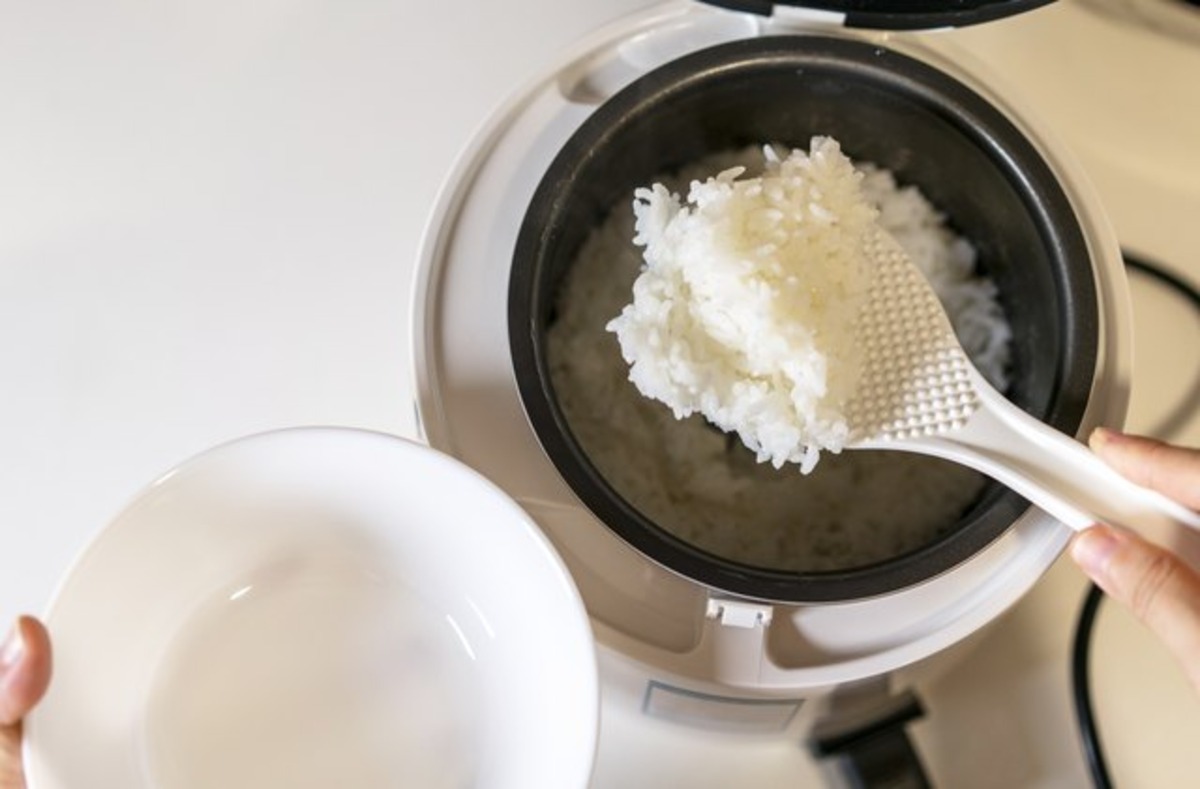

Articles
How To Stop Rice From Sticking To Rice Cooker
Modified: February 29, 2024
Discover effective tips and tricks to prevent rice from sticking to your rice cooker in this informative article. Say goodbye to burnt rice and enjoy perfectly cooked grains every time.
(Many of the links in this article redirect to a specific reviewed product. Your purchase of these products through affiliate links helps to generate commission for Storables.com, at no extra cost. Learn more)
Introduction
Having perfectly cooked rice is a wonderful addition to any meal. Whether you enjoy a bowl of fluffy white rice, or a deliciously sticky sushi rice, it’s important to achieve the right texture and consistency. However, one common problem that many people encounter when using a rice cooker is having the rice stick to the bottom of the pot. This not only makes it difficult to serve the rice, but it can also be a hassle to clean the cooker afterward.
In this article, we will explore various tips and techniques to prevent rice from sticking to the rice cooker. By following these steps, you can ensure that your rice is cooked to perfection every time, without any sticky residue left behind. Whether you are cooking short-grain rice, long-grain rice, or even brown rice, these methods will help you achieve the desired results.
Before we delve into the solutions, let’s first understand why rice tends to stick in a rice cooker. The main culprit behind sticky rice is the starch. Rice contains a high amount of starch, which becomes gelatinous when it comes into contact with water and heat. This sticky starch is what binds the rice grains together, resulting in clumps and sticking. However, with the right techniques, you can minimize the starch’s effect and enjoy fluffy, non-sticky rice.
So, let’s embark on this culinary journey and discover how to stop rice from sticking to your rice cooker, ensuring your meals are both delicious and hassle-free.
Key Takeaways:
- Say goodbye to sticky rice by rinsing, soaking, and draining before cooking. Use the right water-to-rice ratio and add oil to create a protective barrier. Let the rice rest after cooking for fluffy, non-sticky results.
- Keep your rice cooker clean and follow specific cooking settings to prevent sticking. Troubleshoot issues like burnt or inconsistent texture for perfectly cooked, hassle-free rice every time.
Read more: How To Stop Coasters From Sticking
Understanding the problem of sticky rice
Before we delve into the solutions to prevent rice from sticking to the rice cooker, it’s important to understand why this problem occurs in the first place. As mentioned earlier, the culprit behind sticky rice is the starch it contains.
Rice is made up of two types of starch molecules: amylose and amylopectin. Amylose is a long-chain starch molecule that remains firm and separate when cooked, resulting in fluffy rice. On the other hand, amylopectin is a highly branched starch molecule that becomes gelatinous when cooked, leading to sticky rice.
Short-grain rice, like sushi rice or Arborio rice, contains a higher proportion of amylopectin, making it stickier compared to long-grain rice. Brown rice also tends to be stickier than white rice due to the presence of a higher amount of intact bran layers.
When rice is cooked, the starch molecules on the surface of the rice grains absorb water and swell. As the rice cooks further, the excess starch is released into the cooking water. If this starch is not properly managed, it can settle at the bottom of the rice cooker, causing the rice to stick and burn.
Another factor that can contribute to sticky rice is using incorrect water-to-rice ratio. If there is too much water compared to the amount of rice being cooked, the excess water can make the rice mushy and sticky. Conversely, if there is too little water, the rice can become dry and hard. Therefore, getting the right water-to-rice ratio is crucial to achieving perfectly cooked rice.
Now that we have a better understanding of why rice becomes sticky, we can move on to the methods that will help prevent this problem and ensure that your rice comes out perfectly fluffy and separated from the rice cooker.
Preparing the rice before cooking
Properly preparing the rice before cooking is an important step in preventing it from sticking to the rice cooker. Here are a few tips to ensure your rice is ready for cooking:
- Rinsing the rice: Start by rinsing the rice under cold water. This helps remove excess starch on the surface of the rice grains, reducing the chances of sticking. Rinse the rice until the water runs clear.
- Soaking the rice: Soaking the rice before cooking can help make it fluffier and less sticky. Place the rinsed rice in a bowl and cover it with water. Let it soak for at least 15-30 minutes, or up to a few hours for better results. Soaking helps loosen the starch molecules on the surface of the rice, resulting in separate grains when cooked.
- Draining the rice: After soaking, drain the rice in a fine-mesh sieve or colander to remove any excess water. This step is important to ensure the correct water-to-rice ratio when cooking and to avoid excess moisture that can make the rice stickier.
By properly preparing the rice before cooking, you can remove excess starch and ensure the rice grains are separate and ready for cooking. This step sets the foundation for preventing stickiness and achieving perfectly cooked rice.
Using the right water-to-rice ratio
Getting the water-to-rice ratio correct is crucial to achieving perfectly cooked rice that doesn’t stick to the rice cooker. Here are some tips to help you determine the right ratio:
- Follow the package instructions: Different types of rice require different amounts of water. Always refer to the package instructions for the recommended water-to-rice ratio for the specific type of rice you’re using.
- General rule of thumb: As a general rule, a common water-to-rice ratio is 1:2, which means for every cup of rice, add two cups of water. However, this ratio may vary depending on the type of rice and personal preferences.
- Adjusting the ratio: If you prefer softer, stickier rice, you can add slightly more water. Conversely, if you prefer firmer, less sticky rice, you can reduce the amount of water slightly. It may require some experimentation to find the perfect water-to-rice ratio that suits your taste.
- Consider the soaking water: If you soaked the rice before cooking, take into account the water used for soaking when determining the water-to-rice ratio. Subtract the amount of soaking water from the total water added during cooking.
- Use a measuring cup: To ensure precise measurements, use a measuring cup for both the rice and water. Eyeballing the quantities may result in an inaccurate water-to-rice ratio, affecting the texture and stickiness of the cooked rice.
By using the right water-to-rice ratio, you can ensure that your rice is properly cooked and won’t stick to the bottom of the rice cooker. Following the package instructions, adjusting the ratio as per your preference, and using precise measurements will help you achieve the desired results.
Adding oil or fat to prevent sticking
One effective method to prevent rice from sticking to the rice cooker is to add oil or fat to the cooking process. Here’s how you can incorporate oil or fat to achieve non-sticky rice:
- Choose the right oil: Use oils with a high smoke point, such as vegetable oil, canola oil, or peanut oil. These oils can withstand high temperatures without burning or imparting a strong flavor to the rice.
- Add oil before cooking: Before adding the rice and water to the rice cooker, drizzle a small amount of oil (about 1-2 tablespoons) into the cooking pot. The oil will create a thin protective layer between the rice and the cooker, making it less likely to stick.
- Gently mix the rice and oil: Once the oil is added, gently stir the rice and oil together to distribute the oil evenly. Be careful not to crush or break the grains, as this can release more starch and lead to stickiness.
- Follow the cooking instructions: Proceed with cooking the rice according to the rice cooker’s instructions and the recommended water-to-rice ratio. The added oil should help prevent sticking and ensure the rice cooks evenly.
- Use a non-stick rice cooker: If you frequently cook rice and struggle with sticking, consider investing in a non-stick rice cooker. These cookers have a non-stick coating on the inner pot, which reduces the chance of rice sticking and makes the cleaning process easier.
- Be mindful of the quantity: While adding oil can help prevent sticking, be sure to use it in moderation. Adding too much oil can make the rice greasy and affect the overall taste and texture.
By incorporating oil or fat into the cooking process, you create a barrier between the rice grains and the surface of the rice cooker, minimizing the chances of sticking. Just remember to use the right type of oil, distribute it evenly, and follow the cooking instructions to achieve perfectly cooked, non-sticky rice.
Read more: How Does Rice Cooker Know When To Stop
Soaking the rice before cooking
Soaking the rice before cooking is a helpful technique in preventing it from sticking to the rice cooker. The process of soaking helps to remove excess starch and create a fluffier texture. Here’s how you can soak the rice effectively:
- Select the appropriate time: The duration of soaking depends on the type of rice. For white rice, soaking for 15-30 minutes is usually sufficient. However, soaking for a longer time, such as 1-2 hours, can further enhance the texture and reduce stickiness. Brown rice often benefits from a longer soaking time of 1-2 hours.
- Rinse the rice: Before soaking, rinse the rice under cold water to remove any dust or debris. Gently rinse until the water runs clear, ensuring that no additional starch is present.
- Prepare the soaking water: Use fresh, cold water to soak the rice. The water should be enough to fully submerge the rice grains. The ratio of water to rice during soaking is usually 2:1, meaning two cups of water for every cup of rice.
- Soaking in the rice cooker pot: If your rice cooker has a removable pot, you can soak the rice directly in the pot. Simply add the rinsed rice and required amount of water to the pot, cover it, and let it soak for the desired duration. This eliminates the need for additional dishes and simplifies the cooking process.
- Soaking in a separate bowl: Alternatively, you can soak the rice in a separate bowl. Place the rinsed rice in a bowl, add the required amount of water, and let it soak for the recommended time. After soaking, drain the rice before transferring it to the rice cooker for cooking.
- Cooking after soaking: Once the soaking time is complete, drain any excess water from the rice before transferring it to the rice cooker. Follow the instructions for cooking rice in your specific rice cooker, taking into account the reduced water content after soaking.
Soaking the rice before cooking helps to soften the grains and reduce the starch content, resulting in fluffy and separated rice that is less likely to stick to the rice cooker. Experiment with different soaking times to find the ideal texture that suits your preferences.
Add a teaspoon of oil or a splash of vinegar to the rice and water before cooking to prevent sticking in the rice cooker.
Using the correct cooking setting
Choosing the correct cooking setting on your rice cooker can make a significant difference in preventing rice from sticking. Different types of rice require different cooking settings to achieve optimal results. Here’s how to select the right setting:
- Read the rice cooker manual: Start by consulting the manual or instructions that came with your rice cooker. It will provide specific recommendations for cooking different types of rice and the corresponding settings to use.
- Use the appropriate cooking mode: Many rice cookers have multiple cooking modes to accommodate different types of rice. These modes may include options for white rice, brown rice, sushi rice, or other specialty rice varieties. Selecting the appropriate mode ensures that the rice cooker applies the right temperature and cooking time for the specific type of rice, resulting in better texture and reduced stickiness.
- Consider the texture: If you prefer softer, stickier rice, you may opt for a mode that provides a longer cooking time. On the other hand, if you prefer firmer, less sticky rice, choose a mode with a shorter cooking time. Adjusting the cooking time can help you achieve the desired texture.
- Use the “Keep Warm” feature wisely: Most rice cookers have a “Keep Warm” function that automatically kicks in after the rice is cooked. While this feature helps to keep the rice warm, leaving the rice in the cooker for an extended period can lead to stickiness. If you’re not serving the rice immediately, it’s best to transfer it to a separate container to avoid sticking.
- Avoid lifting the lid: Once the rice starts cooking, resist the temptation to lift the lid and check on the progress. Opening the lid can release steam and interfere with the cooking process, potentially resulting in stickier rice. Trust the rice cooker to do its job, and only open the lid once the cooking time is complete.
Selecting the correct cooking setting is vital to achieving perfectly cooked rice that doesn’t stick to the rice cooker. By following the guidelines provided by your rice cooker’s manual and considering factors such as cooking mode, texture preferences, and proper use of the “Keep Warm” feature, you can enjoy fluffy, non-sticky rice every time.
Letting the rice sit before serving
Allowing the cooked rice to sit for a few minutes before serving is a crucial step in preventing it from sticking to the rice cooker. This resting period helps the rice grains firm up and become more separate. Here’s why and how to let the rice sit before serving:
- Starch absorption: During the cooking process, the rice absorbs water and releases starch. Allowing the cooked rice to sit for a few minutes helps the rice to absorb any excess moisture and facilitates the redistribution of starch, resulting in fluffier and less sticky rice.
- Resting time: After the rice cooker switches off, leave the rice undisturbed in the cooker with the lid closed for about 5-10 minutes. This resting time allows the steam to evenly distribute within the rice, further enhancing the texture.
- Gently fluff with a fork: After the resting period, use a fork or rice paddle to gently fluff the rice and separate the grains. Be careful not to aggressively stir or mash the rice, as this can release more starch and make it stickier.
- Transfer to a separate container: Once the rice is fluffed, transfer it to a separate serving bowl or container. This helps to prevent residual heat from the rice cooker from causing the rice to stick to the bottom or sides of the cooker.
- Serve immediately: It’s best to serve the rice immediately after fluffing and transferring it to a separate container. If the rice sits for too long, it can start to cool and become clumpy or sticky. If you need to store the rice for later use, make sure to properly cover it to retain moisture and reheat it gently when ready to serve.
By allowing the rice to sit and rest for a few minutes after cooking, you give it time to firm up and release excess moisture. The result is fluffy, non-sticky rice that is ready to be served and enjoyed.
Cleaning the rice cooker properly
Properly cleaning the rice cooker after each use is essential to maintain its performance and prevent any residual rice or starch from building up, which can lead to sticking in future cookings. Here are some tips on how to clean your rice cooker effectively:
- Unplug the rice cooker: Before starting the cleaning process, ensure that the rice cooker is unplugged and completely cool to avoid any risk of electrical shock.
- Remove the inner pot: Take out the inner pot or cooking bowl from the rice cooker. Most rice cookers have a removable pot for easy cleaning. Be cautious as the pot may still be hot, so use oven mitts or allow it to cool down before handling.
- Dispose of any leftover rice: Discard any leftover rice or rice remnants from the inner pot. Use a wooden or plastic utensil to avoid scratching the surface of the pot.
- Soak and scrub: Fill the inner pot with warm soapy water and allow it to soak for a few minutes. This helps to loosen any residue or stuck-on rice. Use a soft sponge or non-abrasive brush to gently scrub the pot, paying attention to any stubborn stains or residue. Avoid using harsh abrasives or steel wool, as they can damage the non-stick coating or the pot’s surface.
- Rinse and dry thoroughly: Rinse the pot with clean water to remove any soap residue. Make sure to rinse away all traces of soap. Once rinsed, dry the pot completely before placing it back in the rice cooker. Moisture left in the pot can lead to mold growth or damage the cooker.
- Clean the exterior: Wipe the exterior of the rice cooker with a damp cloth or sponge. Be cautious around control panels and other sensitive areas to avoid damaging them. Once cleaned, wipe dry to prevent water or moisture from getting inside the cooker.
- Regular maintenance: It’s good practice to clean the rice cooker regularly, even if you don’t use it every day. This prevents any build-up of residue or food particles that can contribute to sticking and affect the taste of the rice.
By following these cleaning steps, you can keep your rice cooker in optimal condition and prevent any potential sticking issues. A clean rice cooker ensures that your rice remains non-sticky and delicious with each use.
Troubleshooting common issues
While following the tips mentioned earlier will help prevent rice from sticking to the rice cooker, sometimes issues may still arise. Here are some common problems that may occur and troubleshooting steps to resolve them:
- Rice sticking to the bottom of the pot: If you find that your rice is consistently sticking to the bottom of the pot, try adding a little more water to the cooking process. Increasing the water-to-rice ratio slightly can help create a more moist environment and prevent sticking.
- Inconsistent texture: If you notice that your rice has inconsistent texture, with some grains being overly sticky while others are undercooked, it could be due to uneven heat distribution in your rice cooker. To resolve this, try stirring the rice gently once or twice during the cooking process to ensure even heat distribution and prevent the rice from sticking or clumping together.
- Excessive moisture: If your cooked rice is too moist or soggy, it may be due to using too much water or not allowing the rice to sit and firm up after cooking. Adjust the water-to-rice ratio or let the rice rest for a few more minutes after it finishes cooking to allow excess moisture to evaporate.
- Dry and undercooked rice: If your rice is consistently turning out dry or undercooked, it may be due to not using enough water or not cooking it for a sufficient amount of time. Check the water-to-rice ratio and ensure that you are using the correct cooking setting and time according to the type of rice you are cooking. You may need to experiment with adjustments until you achieve the desired texture.
- Burnt rice: If you are experiencing burnt rice at the bottom of the pot, it may be due to excessive heat or prolonged cooking time. Check the cooking instructions, adjust the temperature setting if available, and be mindful of removing the rice promptly once it finishes cooking to avoid any burning.
If you’re still encountering issues with rice sticking to the rice cooker, it may be helpful to consult the user manual or reach out to the manufacturer for specific troubleshooting guidance tailored to your rice cooker model. Remember, every rice cooker is different, and minor adjustments may be needed to achieve the best results with your specific appliance.
Conclusion
Cooking rice in a rice cooker is a convenient and efficient way to achieve perfectly cooked grains. However, the problem of rice sticking to the rice cooker can be frustrating and make serving and cleaning up a hassle. By following the tips and techniques outlined in this article, you can prevent rice from sticking and ensure that each batch of rice comes out fluffy, separated, and ready to be enjoyed.
Understanding the nature of rice and its starch content is the first step in combating stickiness. Properly preparing the rice by rinsing, soaking, and draining helps remove excess starch and promote separate grains. Using the right water-to-rice ratio ensures that the rice is cooked to perfection without excess moisture. Adding oil or fat to the cooking process creates a protective barrier and reduces the chance of sticking.
Giving the rice sufficient time to rest after cooking allows it to firm up and absorb any excess moisture. Cleaning the rice cooker properly after each use maintains its performance and prevents buildup that can contribute to sticking in future cookings. Alongside troubleshooting common issues and making adjustments when needed, you can overcome any obstacles that arise.
Remember, every rice cooker may require slight modifications, so always refer to the specific instructions provided with your appliance. With practice and experimentation, you will find the perfect combination of methods and settings that work for you.
By implementing these techniques and taking care of your rice cooker, you can enjoy perfectly cooked rice, free from sticking, and elevate your meals to another level of culinary satisfaction.
Frequently Asked Questions about How To Stop Rice From Sticking To Rice Cooker
Was this page helpful?
At Storables.com, we guarantee accurate and reliable information. Our content, validated by Expert Board Contributors, is crafted following stringent Editorial Policies. We're committed to providing you with well-researched, expert-backed insights for all your informational needs.
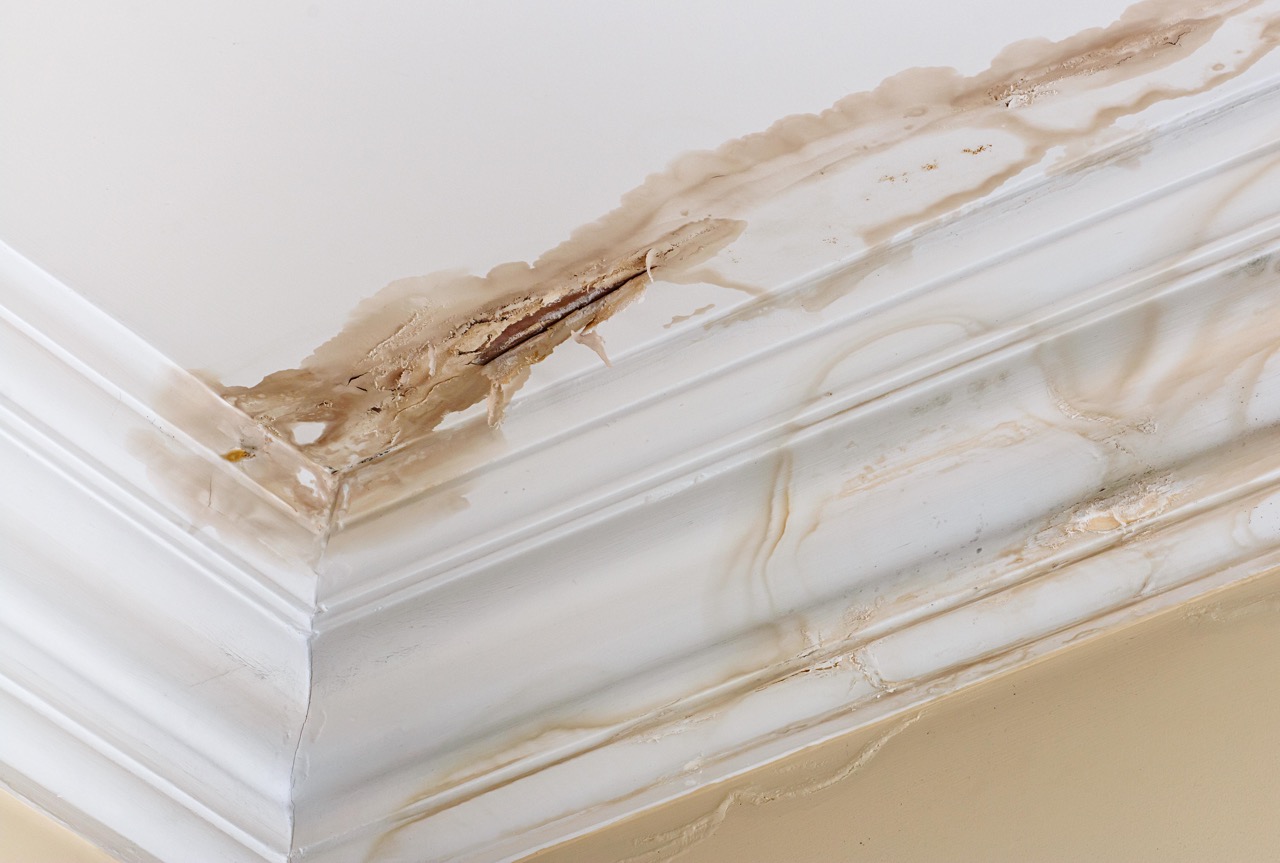
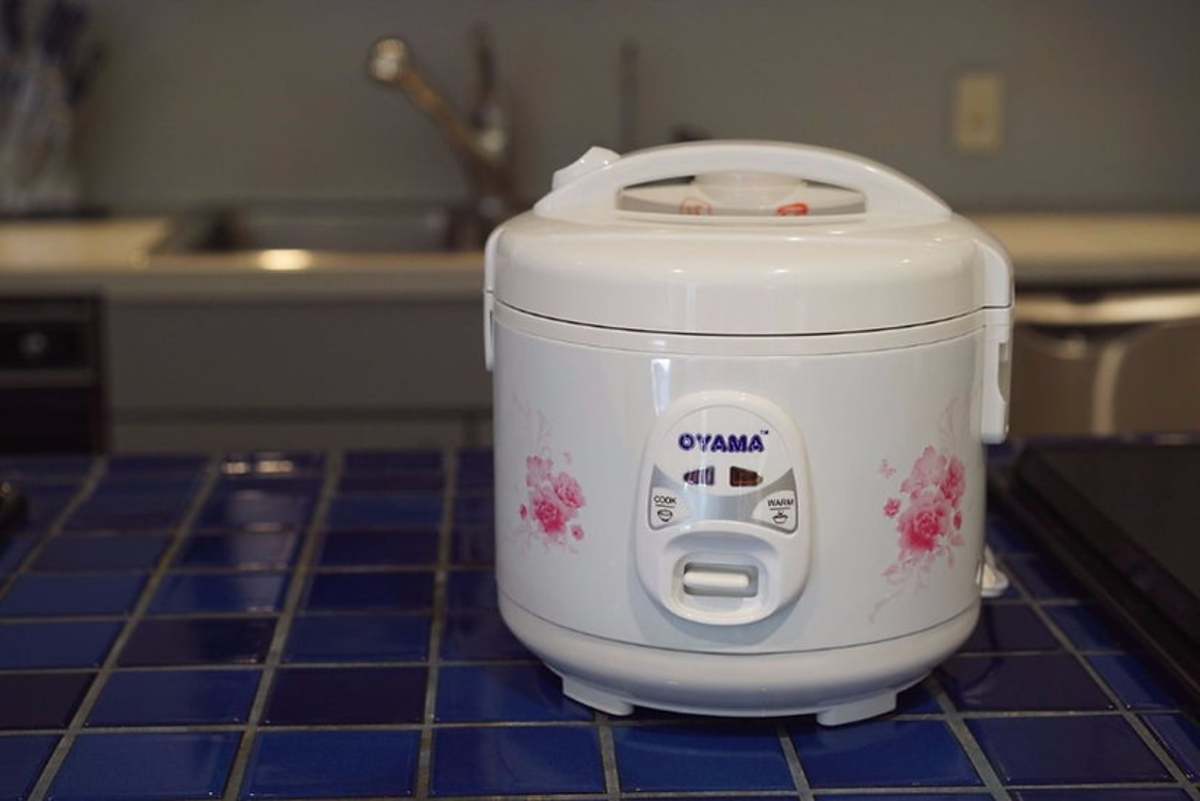
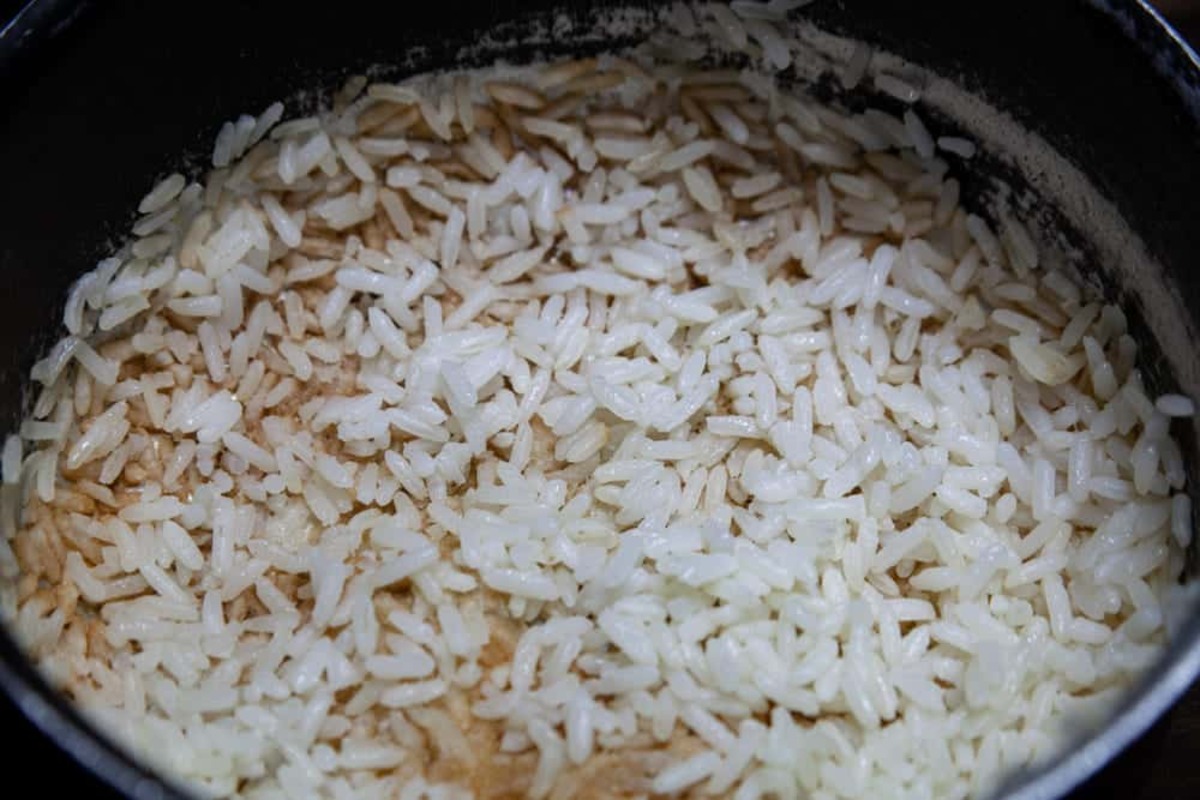
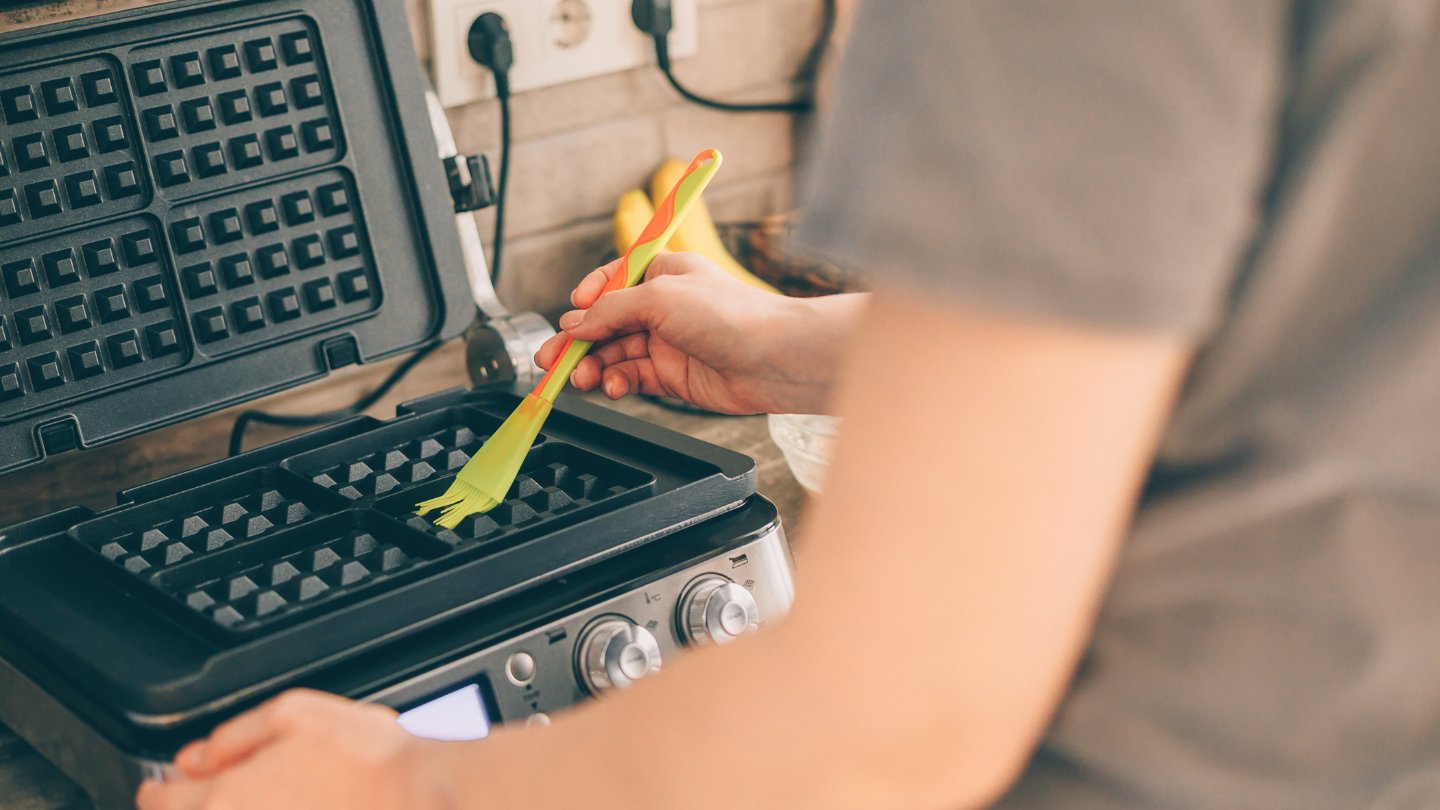
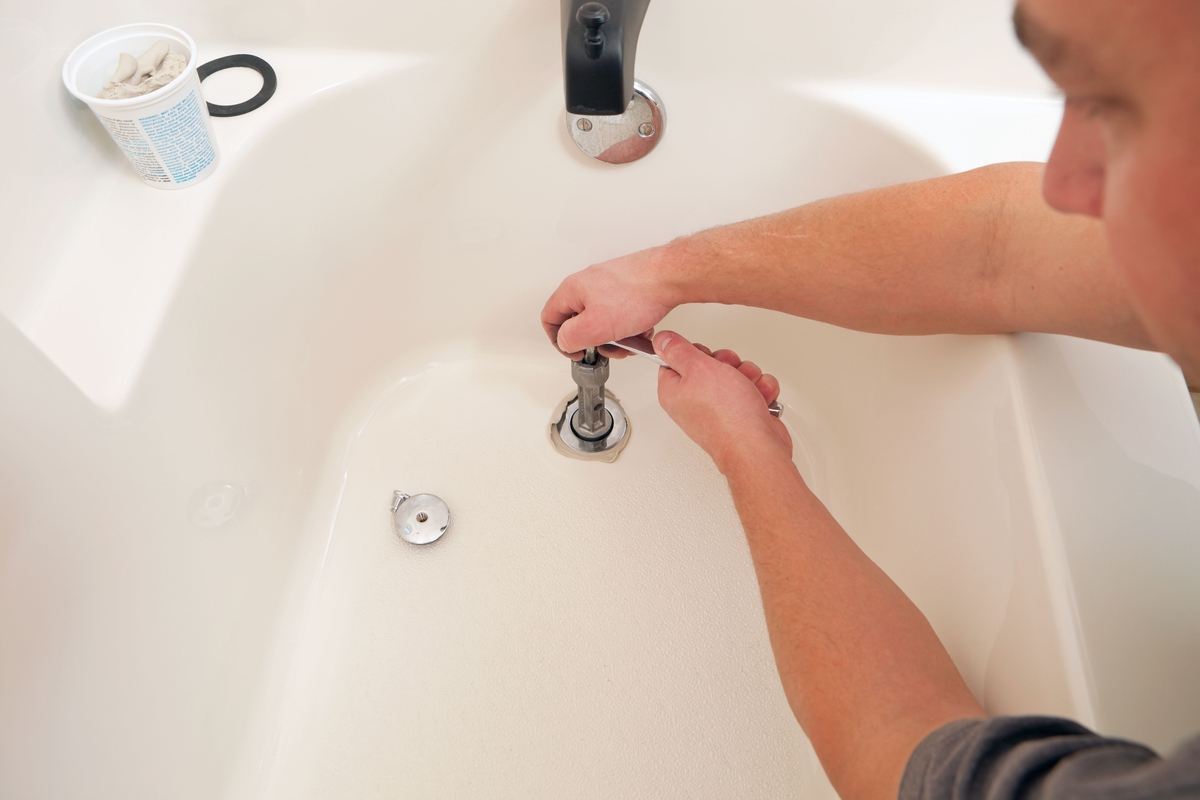


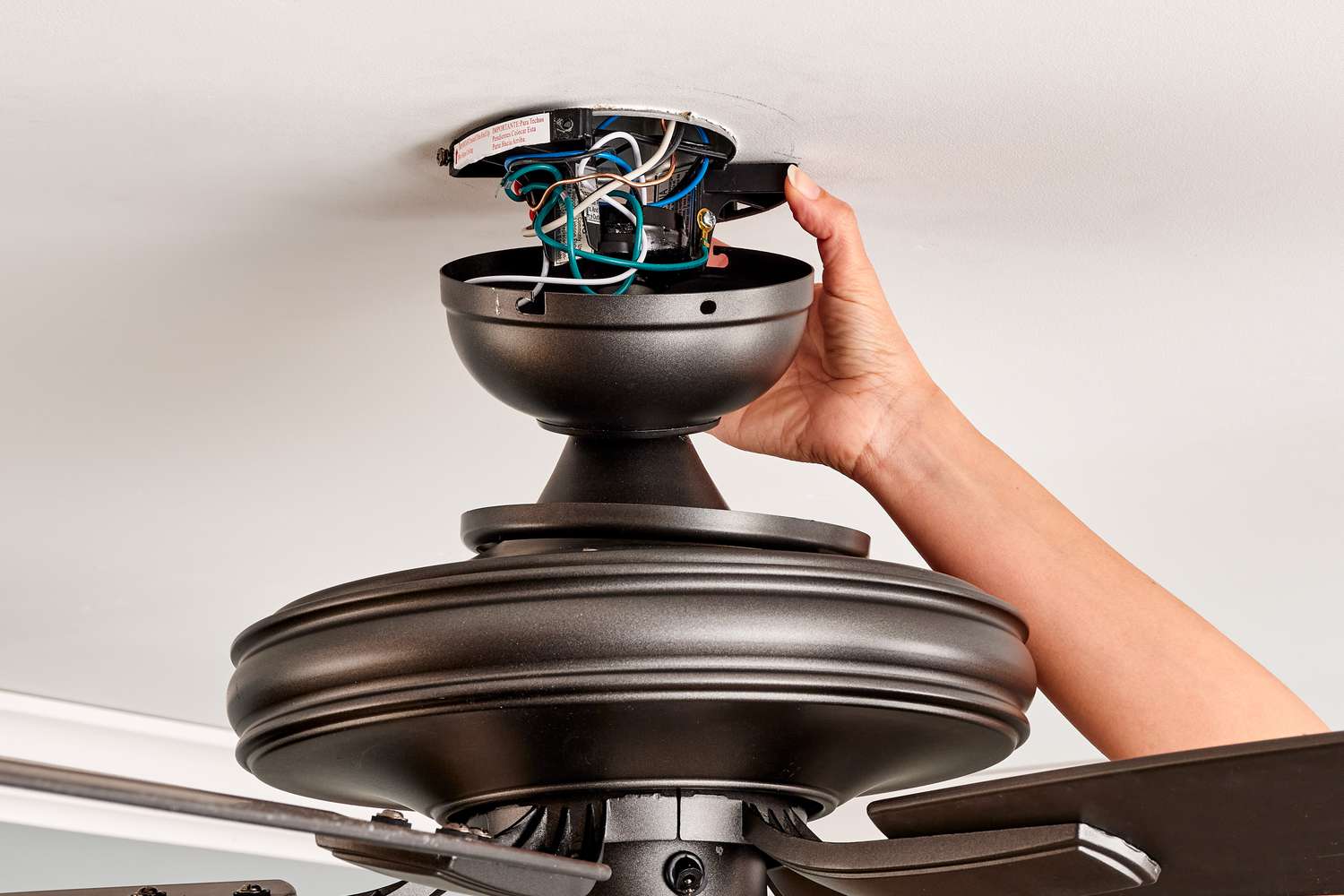
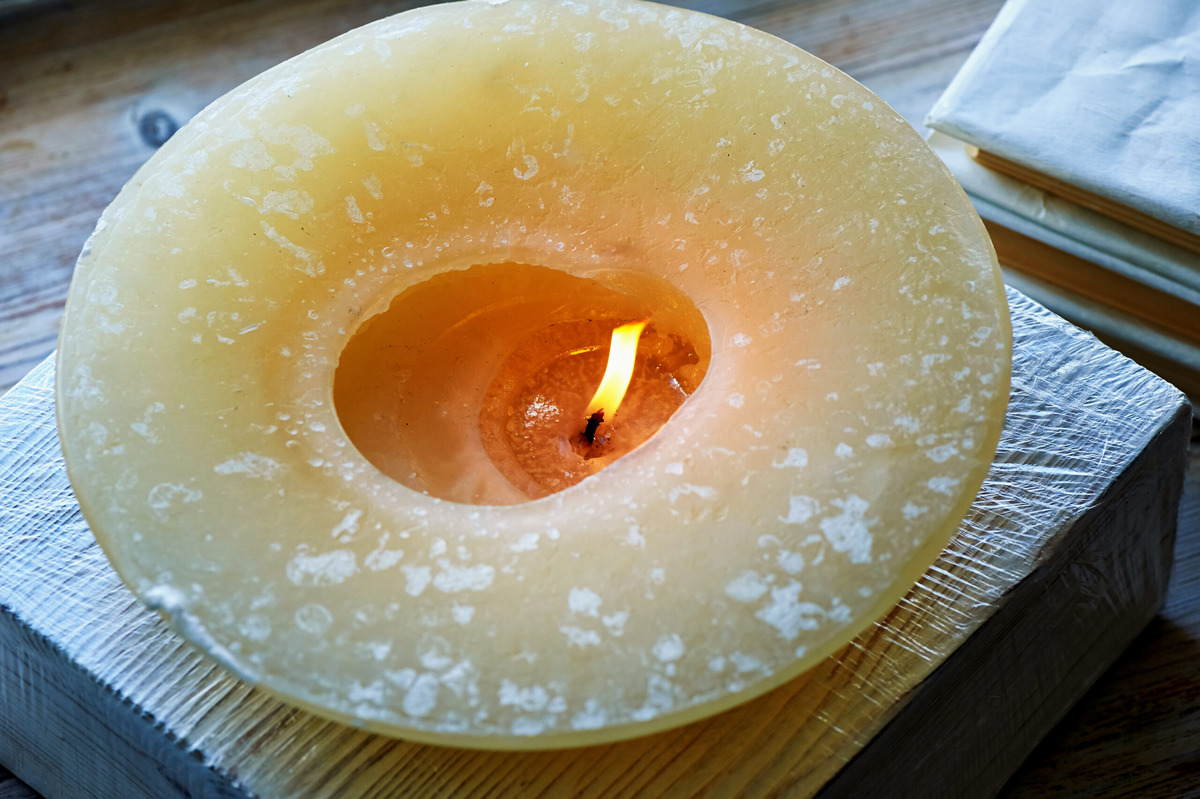

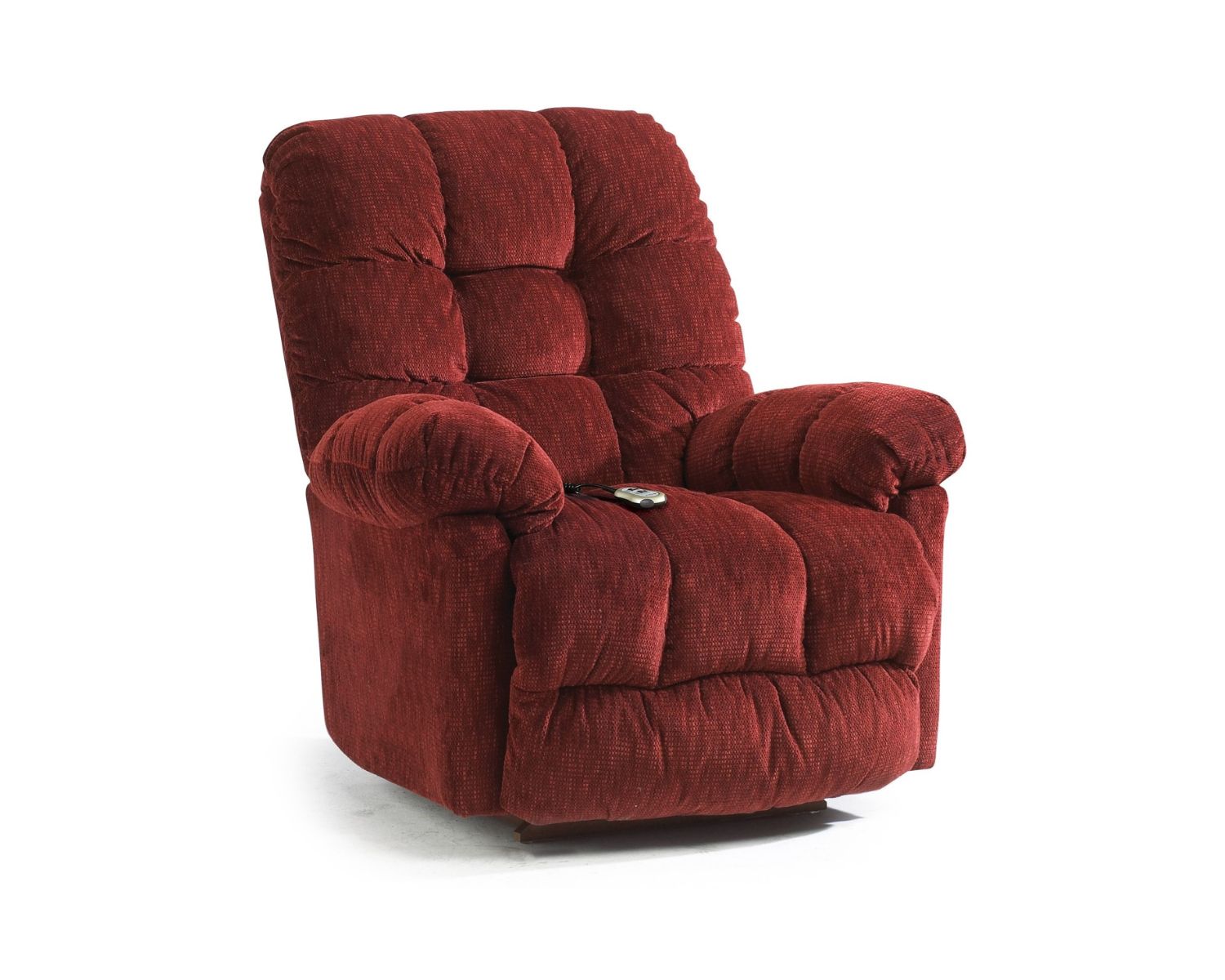



0 thoughts on “How To Stop Rice From Sticking To Rice Cooker”